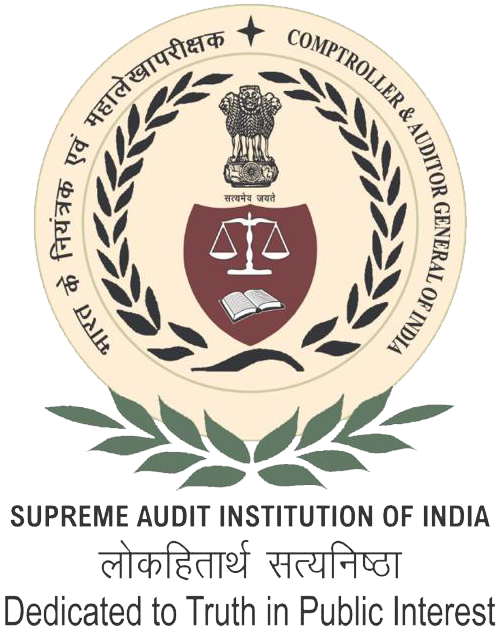Local Bodies Audit
The 73rd Constitutional Amendment gave constitutional status to Panchayati Raj Institutions (PRIs) and established a uniform structure, holding regular elections, regular flow of funds through Finance Commissions, etc. As a follow up, the States are required to entrust the PRIs with such powers, functions and responsibilities to enable them to function as institutions of self-governance. In particular, the PRIs are required to prepare plans and implement schemes for economic development and social justice, including those enumerated in the 11th Schedule of the Constitution. |
Consequently, Government of Sikkim enacted Sikkim Panchayat Act, (SPA) 1993. Under this Act, a two tier system of PRIs viz., Gram Panchayat at Village level and Zilla Panchayat (ZP) at District level was established. As on March 2019, there were 4 ZPs[1] consisting of 110 Territorial Constituencies[2] (TCs) and 185 Gram Panchayats Units comprising of 1,040 wards in the State. Of the 185 Gram Panchayats (GP) there are 2 traditional institutions of self-governance at Lachung and Lachen in North Sikkim, also known as the Dzumsas. The head of the Dzumsa known as Pippon is selected by the public. The Dzumsas were deemed to be Gram Panchayat Units (GPU) for the purpose of Sikkim Panchayat Act, 1993 and exercised their traditional powers besides the functions of Gram Panchayats.The State Government promulgated Sikkim Zilla Panchayat (Financial) Rules, 2001; Sikkim Zilla Panchayat (Financial) Amendment Rules, 2004; Sikkim Gram Panchayat (Financial) Rules, 2003; Sikkim Gram Panchayat (Financial) Amendment Rules, 2004 besides enactment of SPA.

